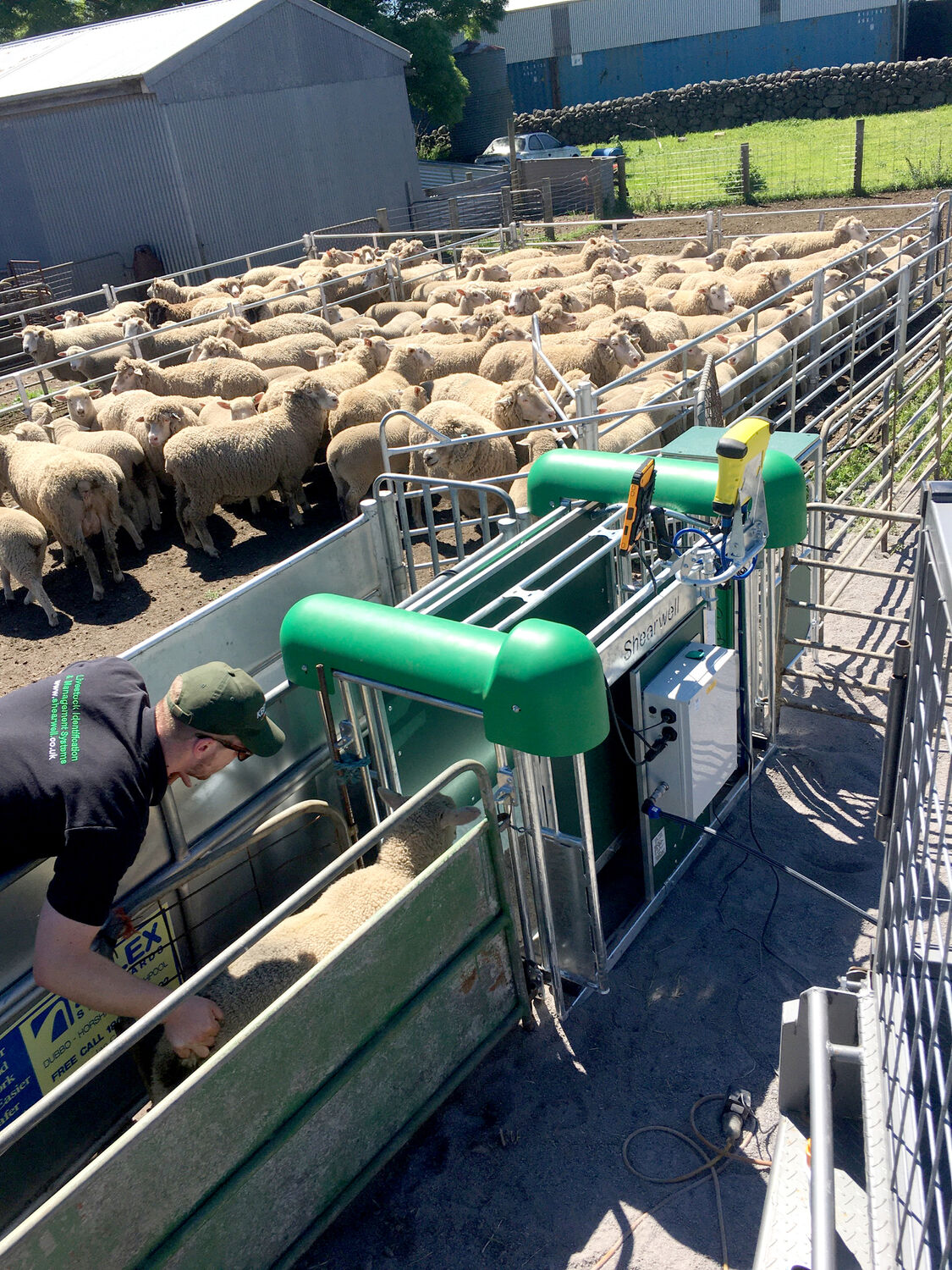You can’t manage what you don’t measure. It’s an old adage used often in agriculture, but never has it been more relevant than today. Data collection in any livestock operation has become the key element to driving genetic gain, efficiency and profitability. And there are few tools more crucial to accurate and timely data collection than electronic identification.
“It is impossible to improve your operation if you do not know the areas that improvement is needed,” said Oliver Burgun of Shearwell Australia. “Electronic tags make it much easier to capture data in your own operation, instead of writing down your tag numbers, they can be instantly stored on a stick reader/tablet/weigh head or software management program.”
Shearwell has been operating since 2011 in Australia, currently based out of Bendigo, Victoria, and produce visual and electronic ear tags for sheep, as well as a range of data collection and utilisation tools to be used alongside them. These include stick, panel and mobile race tag readers, weigh crates, auto drafters and apps. All these products are compatible with many management software systems, which can assist producers in getting the most from these products.
“Types of data captured from EID can include, weight gain, treatments, movements, joins, traits, progeny, pregnancy status (working in conjunction with pregnancy scanning equipment), fleece characteristics and estimated breeding values, all of which can be recorded and utilized in your enterprise,” Mr Burgun said. “In the event of a poor season the sheep that consistently perform the worst can be sold rather than the best sheep on the property meaning that in more favourable times it will be easier to build back up the flock.”
While all this recording is possible with just visual tags and a good pen, Mr Burgun says having electronic tags removes the capacity for error. “By scanning in your tags it is impossible to record the wrong tag while if handwritten it is incredibly easy to read a tag number incorrectly or misplace sheets of paper - and by doing this you have a consistent record of an animal’s history that will allow you to make informed management decisions to achieve your breeding objectives.”
And it’s not just on-farm that electronic identification can advance your operation, and the sheep industry generally, according to Mr Burgun. Lifetime traceability throughout the supply chain is the other obvious benefit of electronic identification, and the primary reason the practice is now mandatory in Victoria. Mr Burgun says that 2020 has definitely been a lesson for us all in the importance of tracking disease. “If a disease outbreak were to occur it would be able to be tracked down and potentially halted as a detailed record of every property that those animals had been on would be available, similar to the contact tracing that’s occurring now when a positive case of covid is detected,” he said. “A large scale disease outbreak has the potential to cause losses in the billions of dollars within the agricultural sector. As was seen in the UK during the 2001 foot and mouth disease outbreak which lead to the destruction of six million sheep, cattle and pigs and costing the industry approximately 3.1 billion pounds leading to complete standstill. As red meat makes up around 1.5 per cent of the Australian GDP it is essential that everything possible is done to protect the industry’s future.”
Mr Burgun said Shearwell, a proud sponsor of the Australian Poll Dorset Association, believes eID is the foundation of the future of livestock farming. “Without EID it is so much more difficult to record effective data and in a more consumer focused world traceability is vital as it allows buyers to feel more connected to their purchases as well as assist in the event of a disease outbreak which could have the potential to massively disrupt the industry.”
Oliver Burgun
Ph: 0458 804 060
E: oliver.burgun@shearwell.com.au

